
"Qiaopi" refers to the letters and remittances sent by overseas Chinese to their relatives in China. It authentically documents the history of overseas Chinese and has been recognized as part of the UNESCO's Memory of the World.
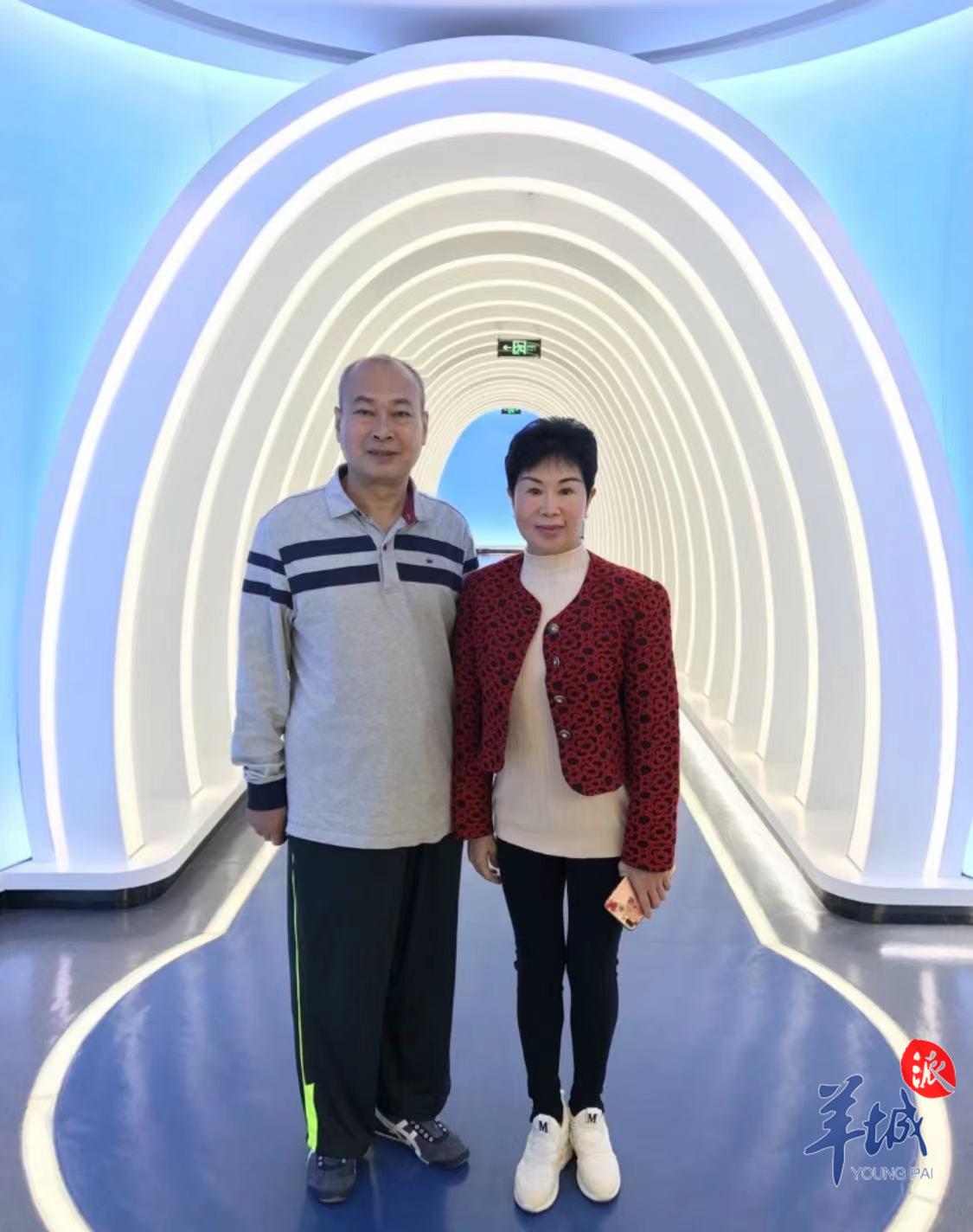
A couple from Guangdong has spent over 30 years collecting and preserving nearly 120,000 pieces of Qiaopi. They have generously donated over 50,000 original Qiaopi and more than 40,000 electronic files to the country in four separate donations. Their contributions have played a significant role in advancing research on Qiaopi culture.
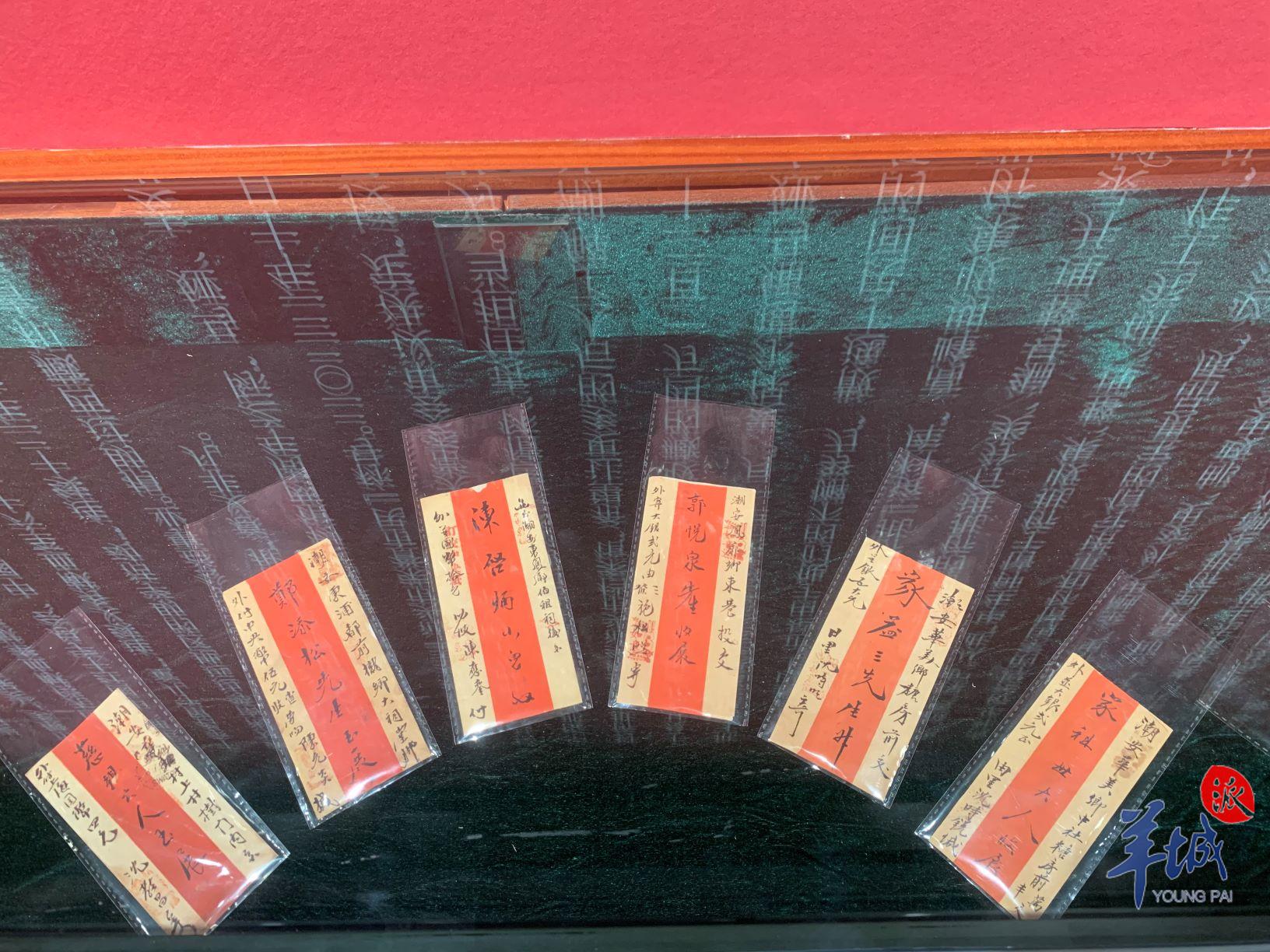
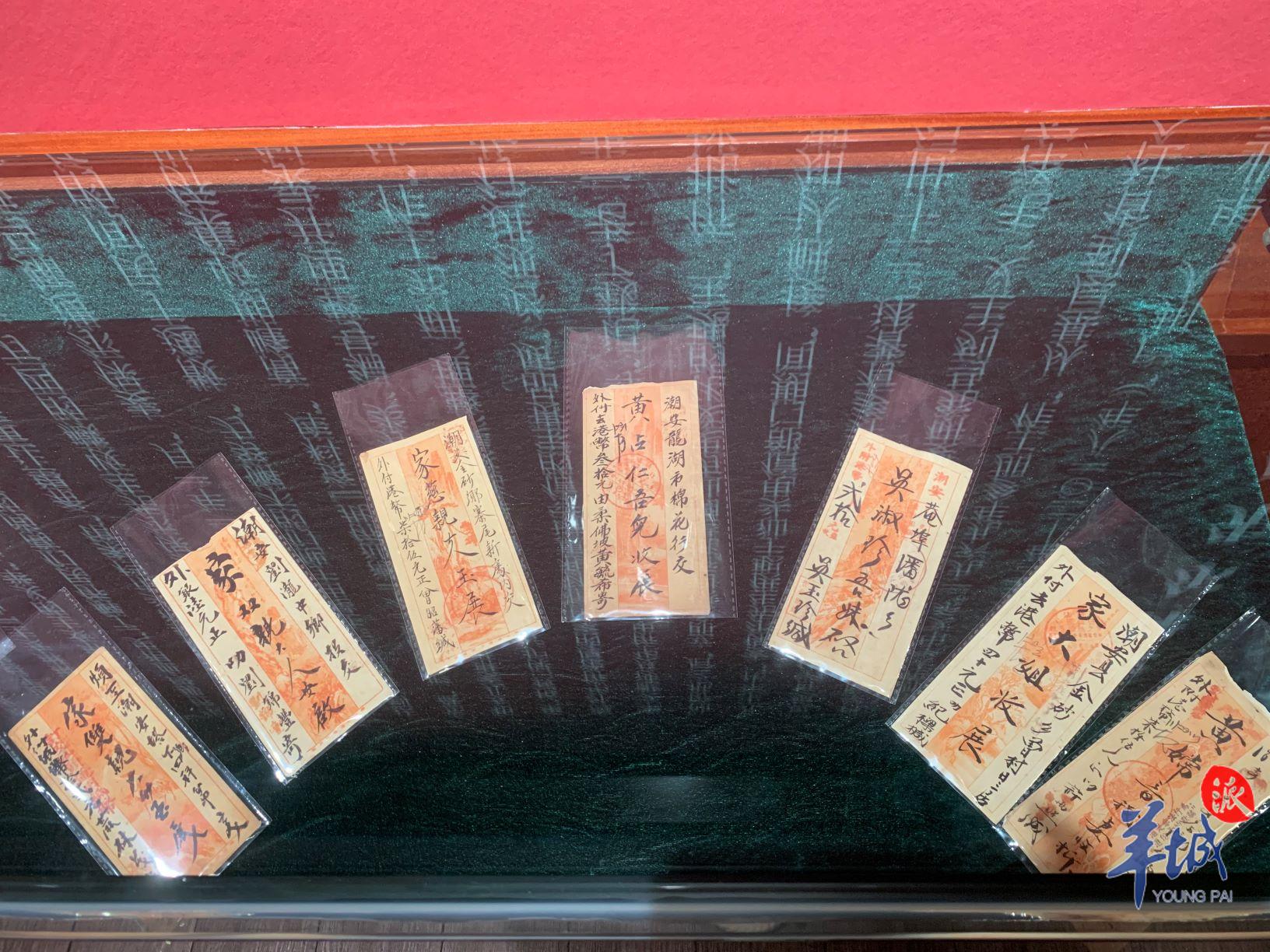
They are Mr. Mai Bao'er and Mrs. Ma Ya. Mr. Mai Bao'er is from Guangzhou and has worked in Shantou. Mrs. Ma Ya is the founder of the China International Beauty Expo. "We have developed a hobby of collecting stamps since childhood, and we knew that Qiaopi is very precious," recalled Ma Ya. She mentioned that at that time, the couple spared no effort, mobilizing nearly a hundred people to go door-to-door in villages in Chaoshan, Fujian, and other places to collect Qiaopi.
"Because they carry family ties, some families treasure Qiaopi as heirlooms passed down through generations. Other families painstakingly search scattered Qiaopi. Each piece of Qiaopi is unique and precious to us," said Ma Ya.
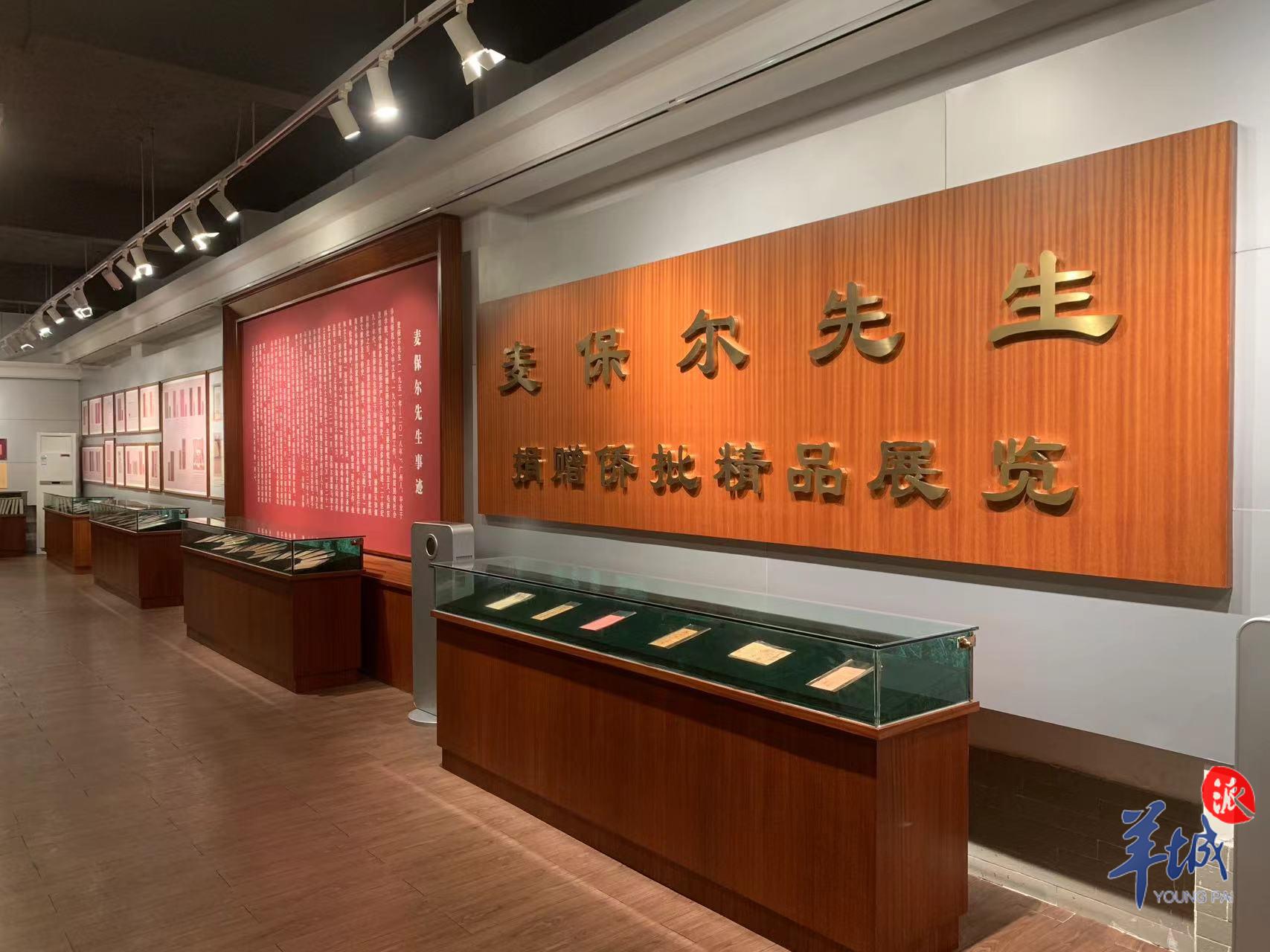
"Qiaopi records the history of Chinese overseas struggles, brimming with deep sentiments of overseas Chinese towards their homeland. Since the first day we started collecting Qiaopi, our intention has always been to preserve cultural artifacts and to donate them, never considering selling them," said Ma Ya. She expressed that she and her husband hope that through these donated Qiaopi, more people can understand the history of Chinese overseas struggles, as well as the sentiments, responsibilities, and contributions of Chinese overseas to their homeland.
In 2004, Shantou prepared to establish a Qiaopi museum. Mr. Mai took the initiative to donate 32 CDs containing digital records of over 43,000 pieces of Qiaopi. It was reported that this formed the prototype of the first "Chaoshan Qiaopi" digital database in the country, playing a crucial role in advancing digital research on Qiaopi.
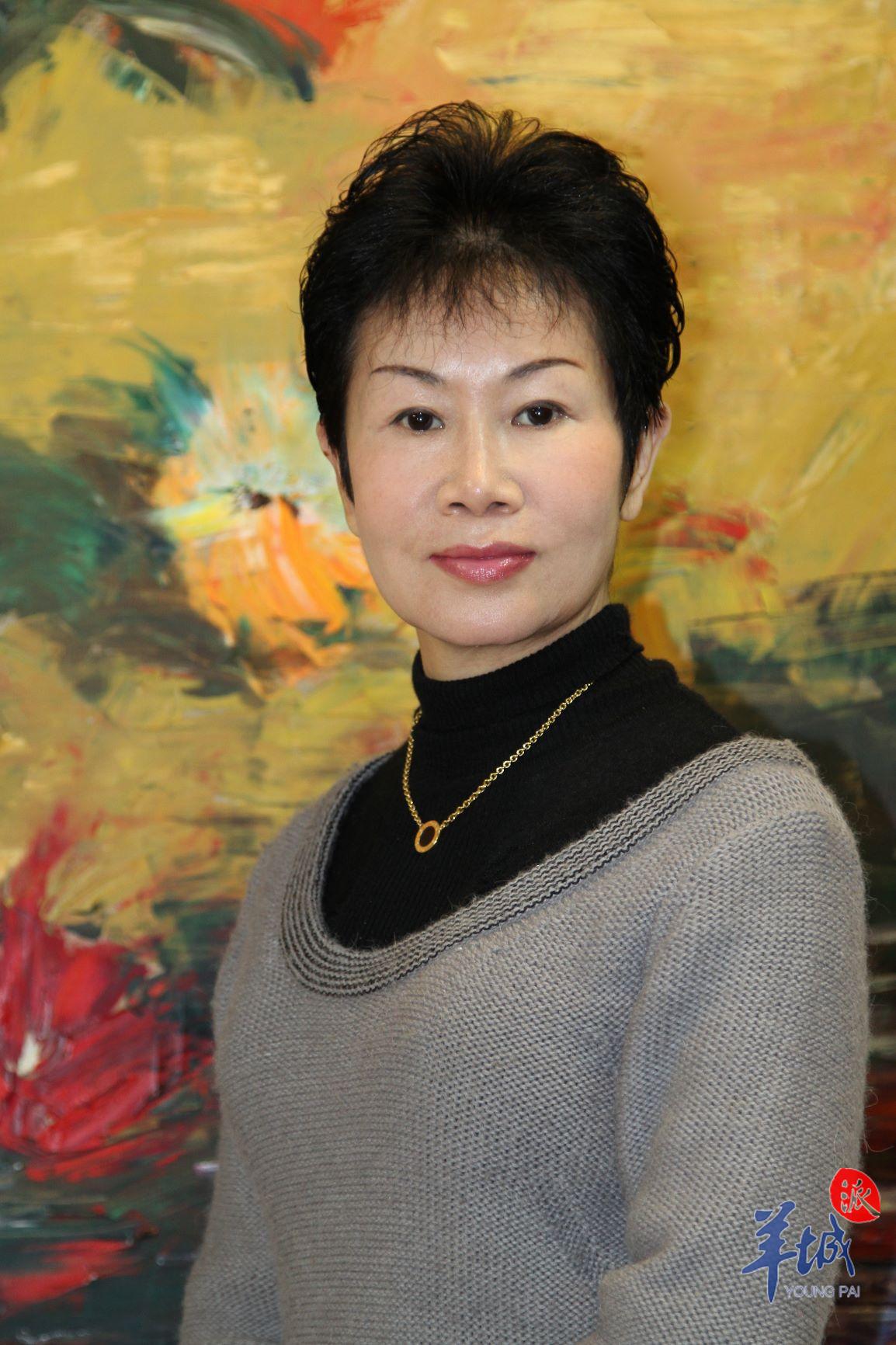
In 2020, Mr. Mai passed away. In July of that year, following her husband's wishes, Mrs. Ma donated 10,000 pieces of Qiaopi related to overseas finance to the Lingnan Finance Museum. This donation was the largest single donation received by the museum since its establishment, enriching its collection with a wide range of items spanning different periods. It also helped to fill gaps in regional collections previously lacking in certain categories.
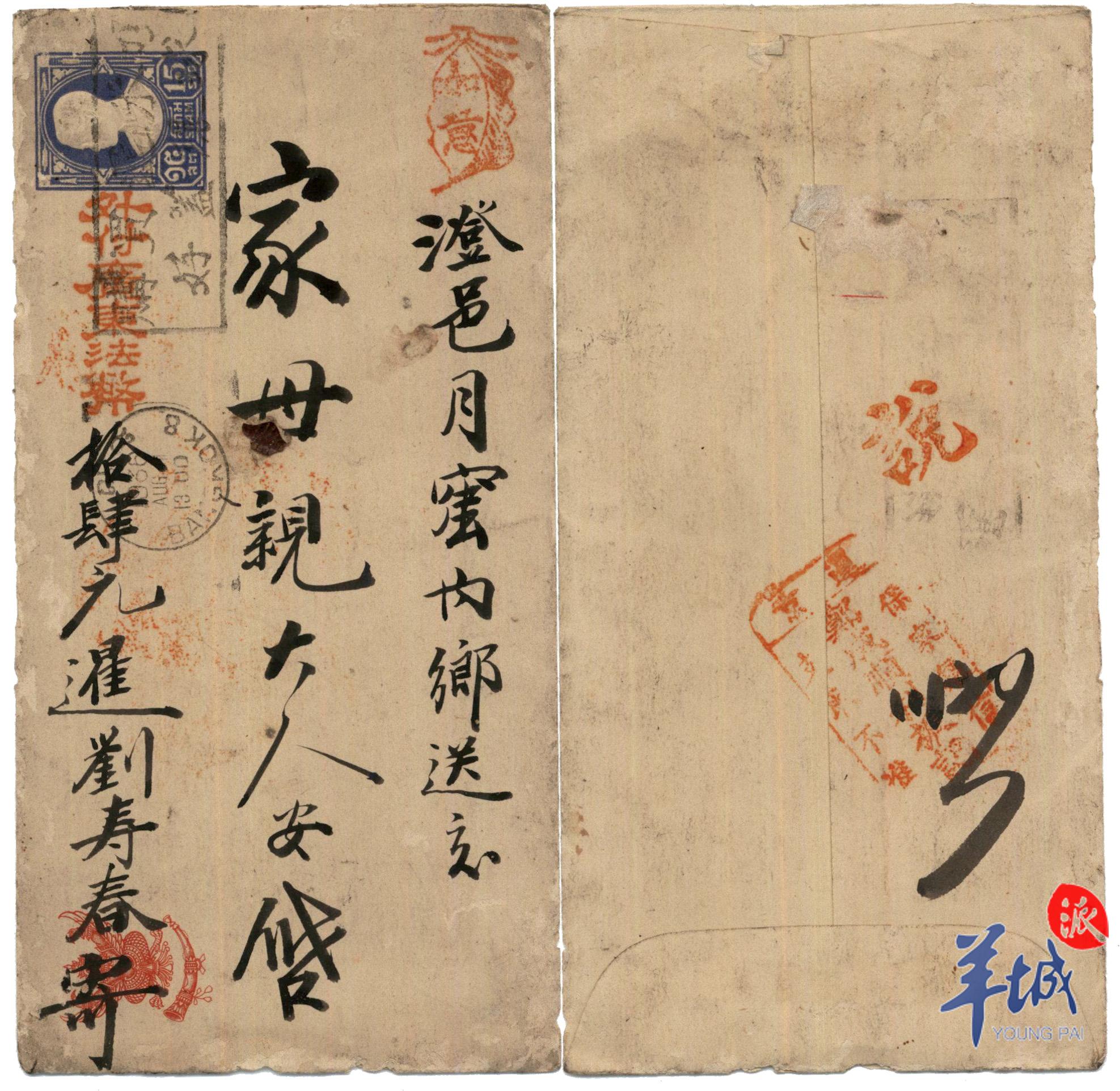
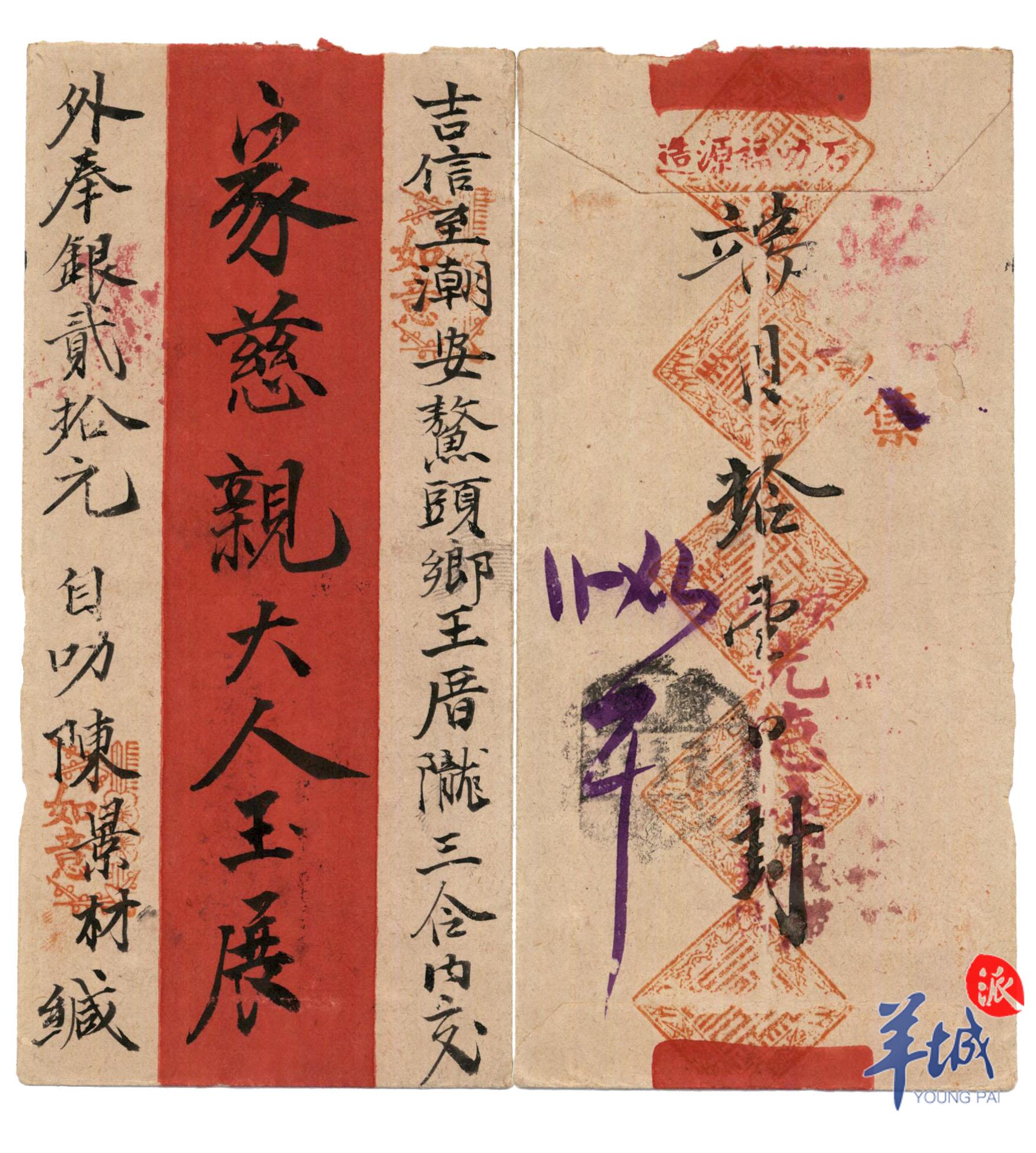
In June 2020, Ma Ya and her daughter Ma Linlin handed over 40,121 Qiaopi and the right to use Mrs. Ma Ya's ancestral home to the Shantou Municipal Government. In October 2022, they made another donation to the Shantou Archives, contributing 8,000 pieces of original Qiaopi. These two donations totaled nearly 50,000 pieces of Qiaopi, significantly enriching the Qiaopi collection at the Shantou Archives and establishing it as the largest physical repository of Qiaopi documents in China.
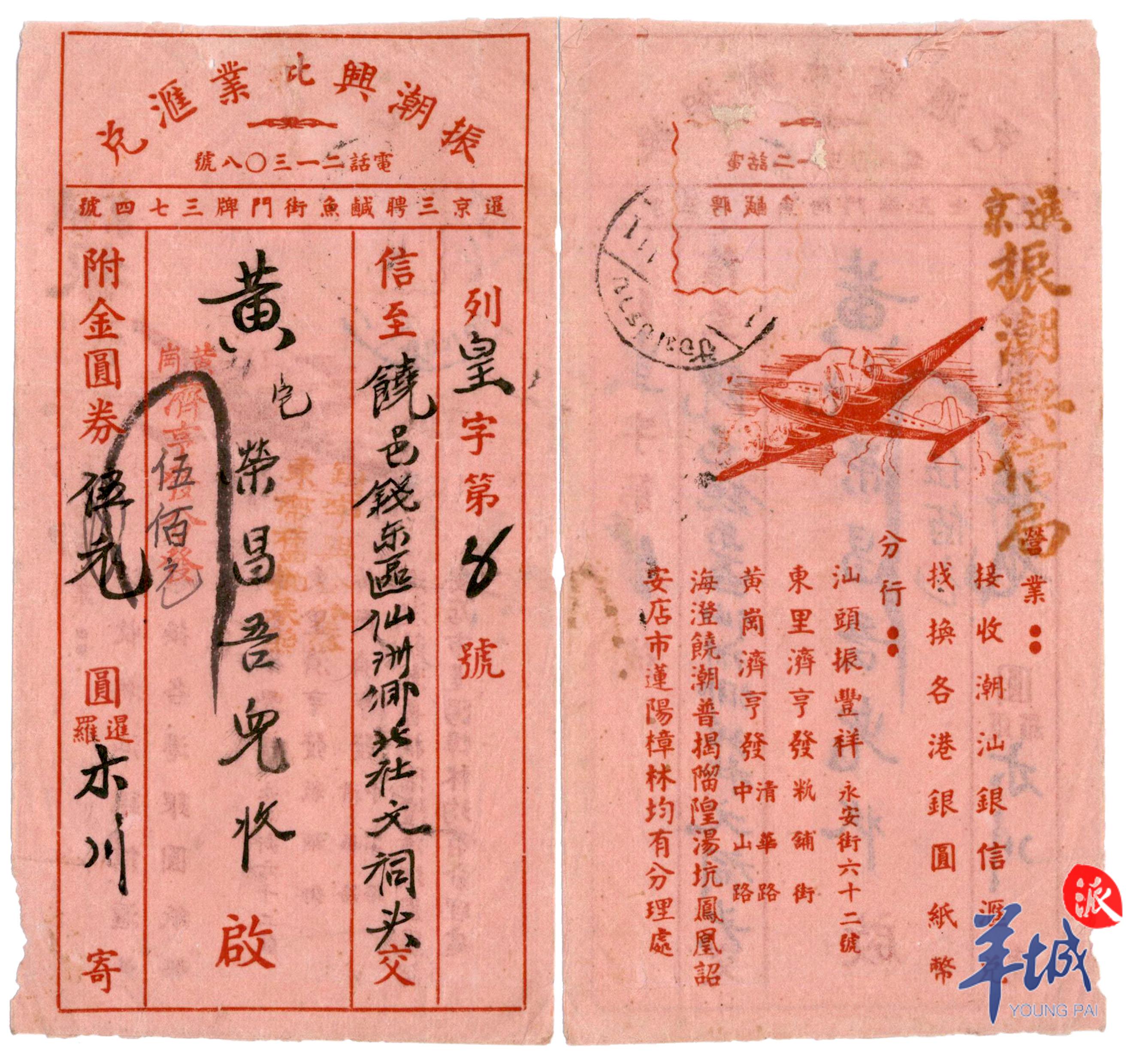
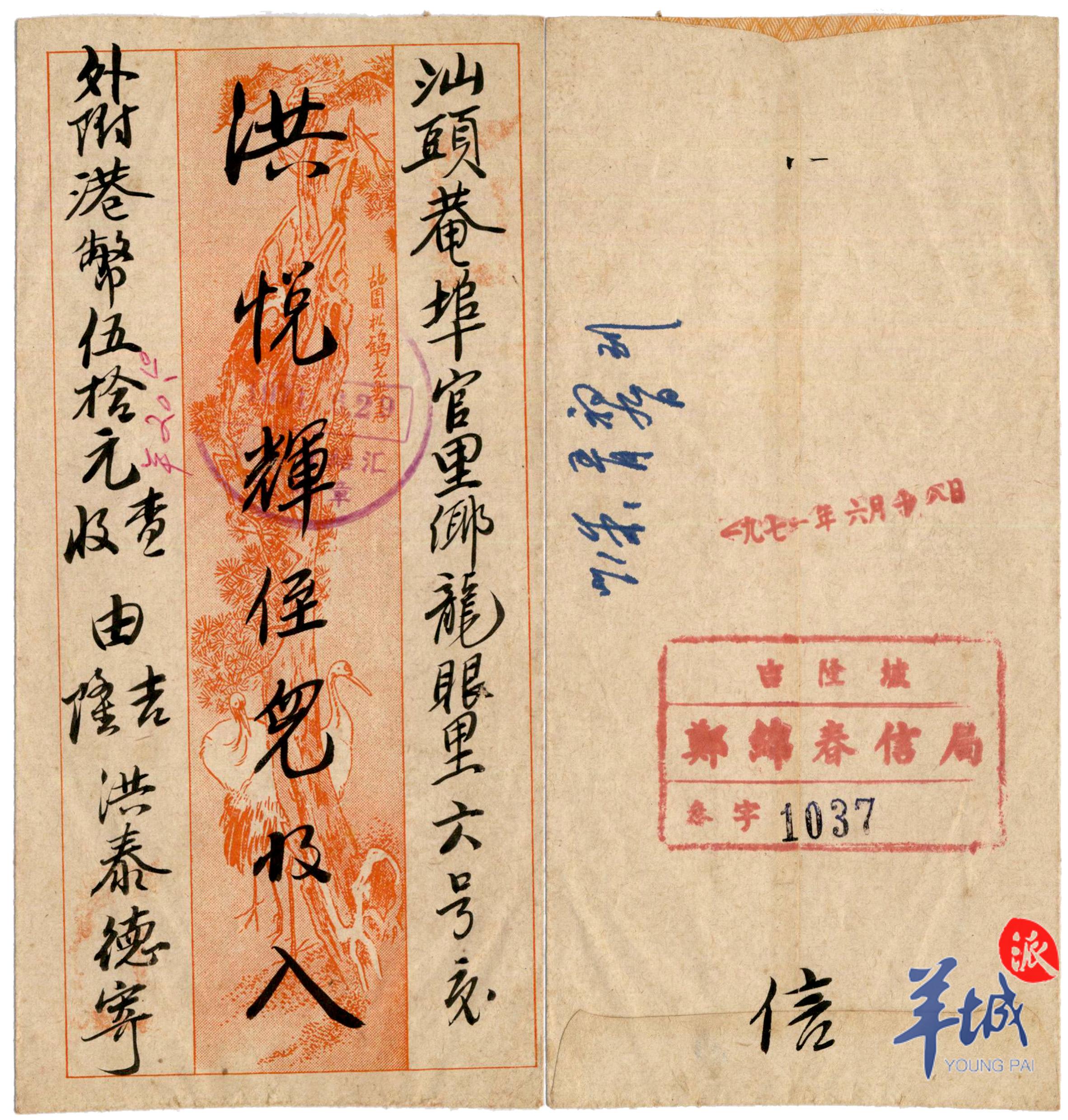
"Nearly 120,000 items from the collection will be donated to the country under Mr. Mai's wishes," Ma Ya and her daughter firmly expressed on various occasions, reflecting their family's aspirations.
The Qiaopi documents donated by Mai Bao'er and Ma Ya serve as original testimonies to the ongoing connections within overseas Chinese families or clans. They document the developmental journeys of various overseas Chinese families across different historical periods, providing rich material for studying overseas Chinese history and the relationships between overseas Chinese and the economic and social landscapes of Southeast Asian countries.
Source :Yangcheng Evening News
他们30余年收集近12万件侨批 将陆续无偿捐出
侨批是海外华侨华人寄给国内侨眷书信与汇款的合称,真实记录了海外华侨华人历史,已被列入世界记忆遗产。
广东一对夫妇,用30余年时间收集收藏侨批近12万件,先后四次将侨批原件5万余件、电子档案4万余件无偿捐赠给国家,为侨批文化研究作出了积极贡献。
他们是麦保尔、马娅夫妇。丈夫麦保尔先生是广州人,曾在汕头工作。妻子马娅女士是中国国际美博会创始人。“我们从小就有收藏邮票的爱好,知道侨批非常珍贵。”据马娅回忆,当时,夫妻二人竭尽所能,发动近百人走村串户到潮汕、福建等地收集侨批。
“因为承载亲情,有的家庭将侨批作为家传信物珍藏,也有的家庭将‘散批’翻箱倒柜找出来,但每一件侨批都是‘孤品’,都被我们视若珍宝。”马娅说。
“侨批记录着华人华侨的奋斗史,饱含着海外游子对家国的深情。我们从收集侨批的第一天起,就是抱着抢救文物的心态,就是打算捐赠出去,从没想过要出售。”马娅说,夫妻二人希望借助这些捐赠的侨批,让更多人了解那段华人华侨的奋斗史,了解华人华侨的家国情怀、责任和担当。
2004年,汕头市筹建侨批文物馆,麦保尔主动捐赠了录制4.3万多件侨批的32张光盘资料。据悉,这是全国第一个“潮汕侨批”数字化资料库的雏形,为开展侨批数字化研究起到重要作用。
2020年,麦保尔逝世。时年7月,遵从丈夫遗愿,马娅将10000件有关对外金融的藏品“侨批”无偿捐赠给了岭南金融博物馆。这批捐赠的藏品,是岭南金融博物馆建馆以来接受社会捐赠数量最多的一批,内容丰富,藏品时间跨度大,进一步填补了原藏品类别中部分地区性藏品的空白。
2020年6月,马娅、麦琳琳母女将40121封侨批和马娅女士祖宅的使用权交给了汕头市政府。2022年10月,马娅、麦琳琳母女再次向汕头市档案馆无偿捐赠侨批原件8000件。两次捐赠近5万件侨批档案文献,极大丰富了汕头市档案馆侨批馆藏,使汕头市侨批文物馆成为目前国内馆藏侨批实体藏量最大的档案馆。
“近12万件藏品,将陆续根据麦保尔先生的遗愿全部无偿捐赠给国家。”在不同场合,马娅、麦琳琳母女都坚定地表达了一家人共同的心愿。
麦保尔、马娅捐赠的侨批,是华侨家庭或家族持续联系的原始见证,再现了不同华侨家庭在各个历史时期发展生息的历程,为研究华侨历史以及华侨华人与东南亚各国经济社会的关系提供了丰富资料。
文 | 记者 丰西西
图 | 记者 宋金峪 实习生 周柏齐(除署名外)
翻译 | 林佳岱
-
Backbone! New cross-sea bridge successfully connected
2024-06-20 23:18:26 -
Guangzhou College of Commerce partners with a Singaporean university to establish its first overseas educational center
2024-06-20 23:18:26 -
220,000 international and domestic books featured: 30th Beijing International Book Fair opens
2024-06-20 23:18:26 -
Post-90s man in Zengcheng: Chef during the day and dragon head sculptor after work!
2024-06-19 23:04:55






